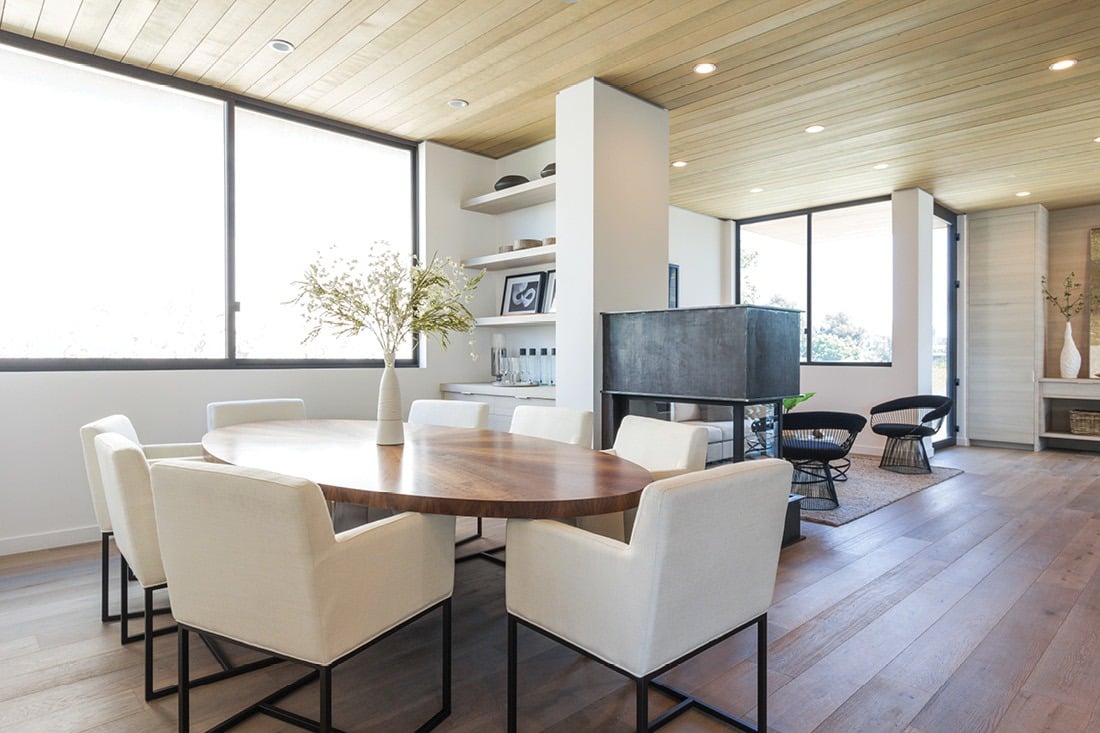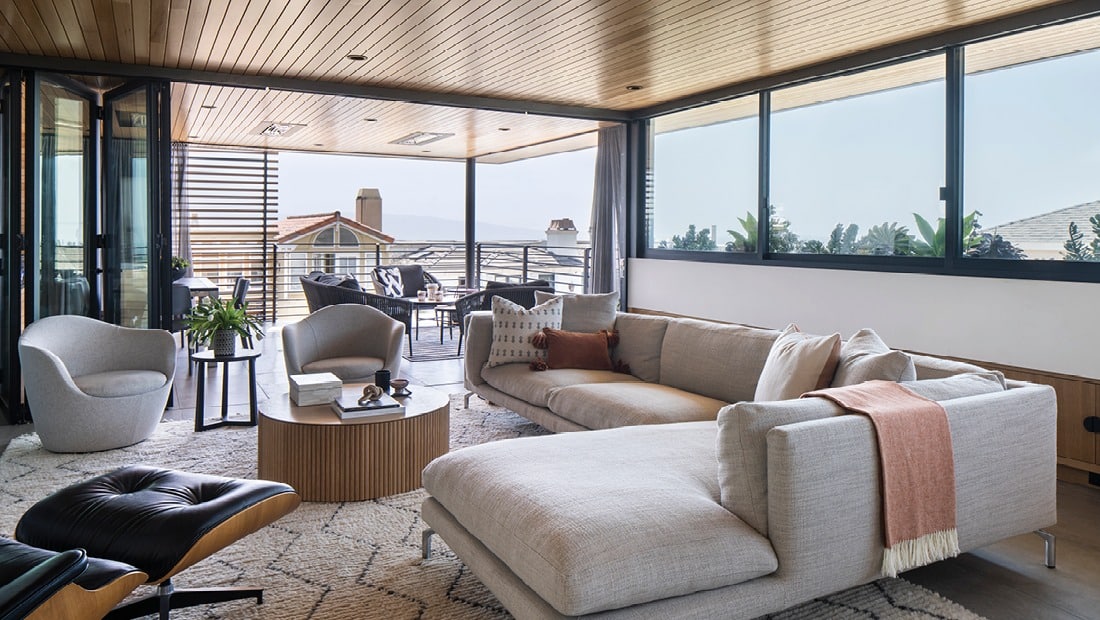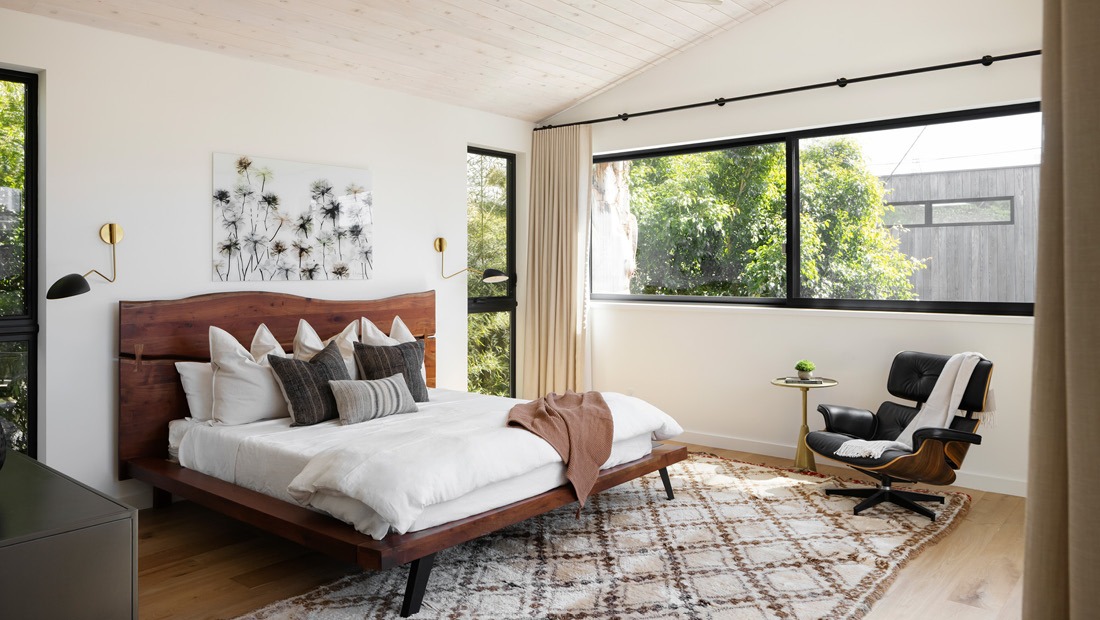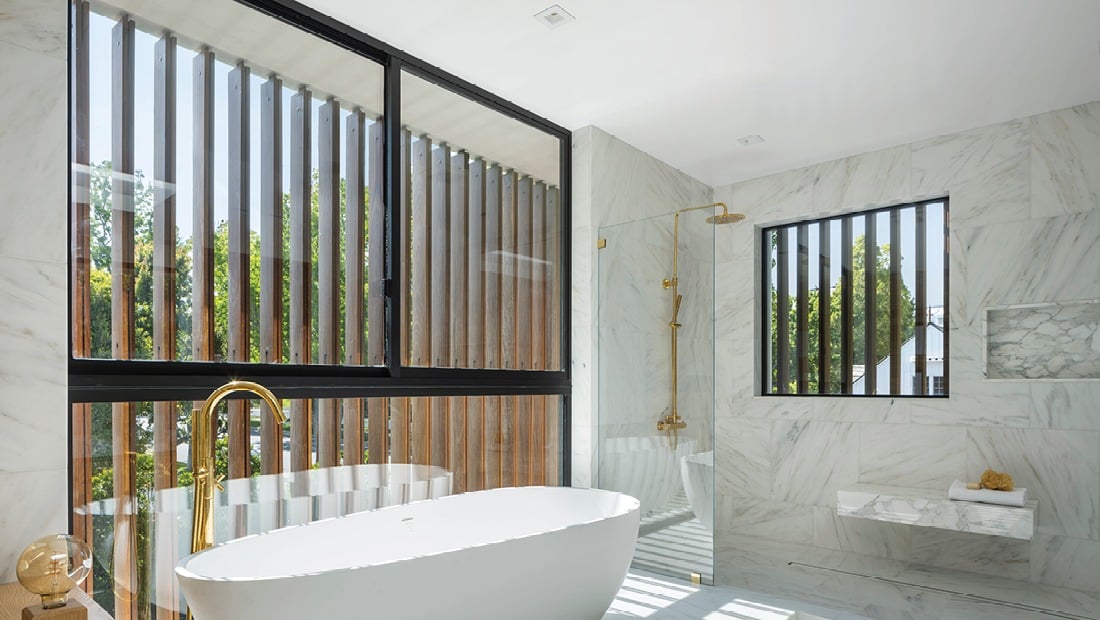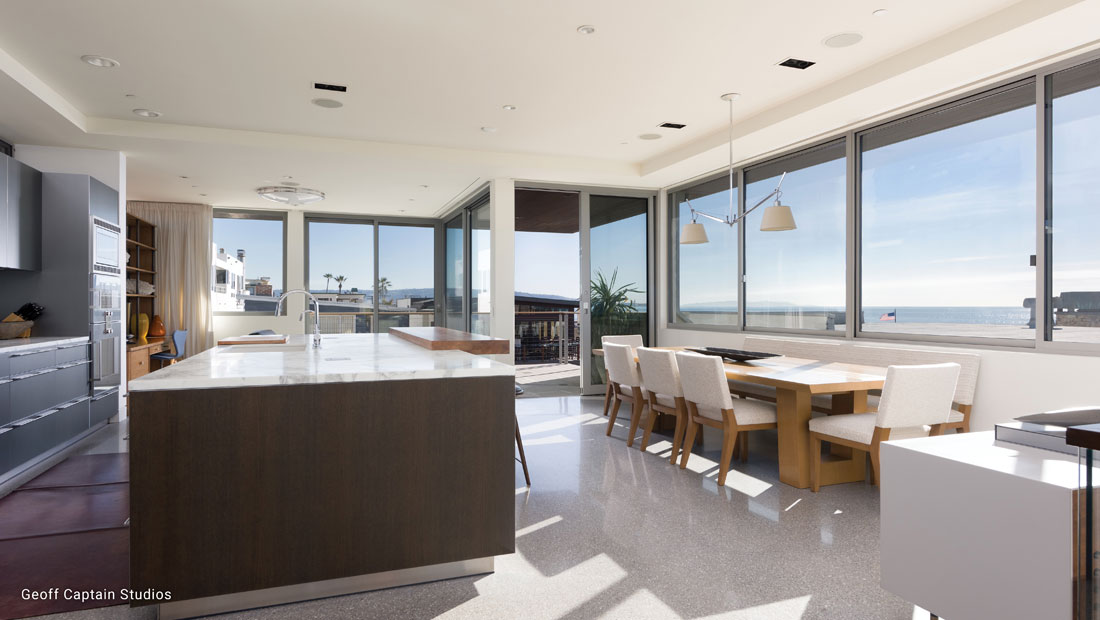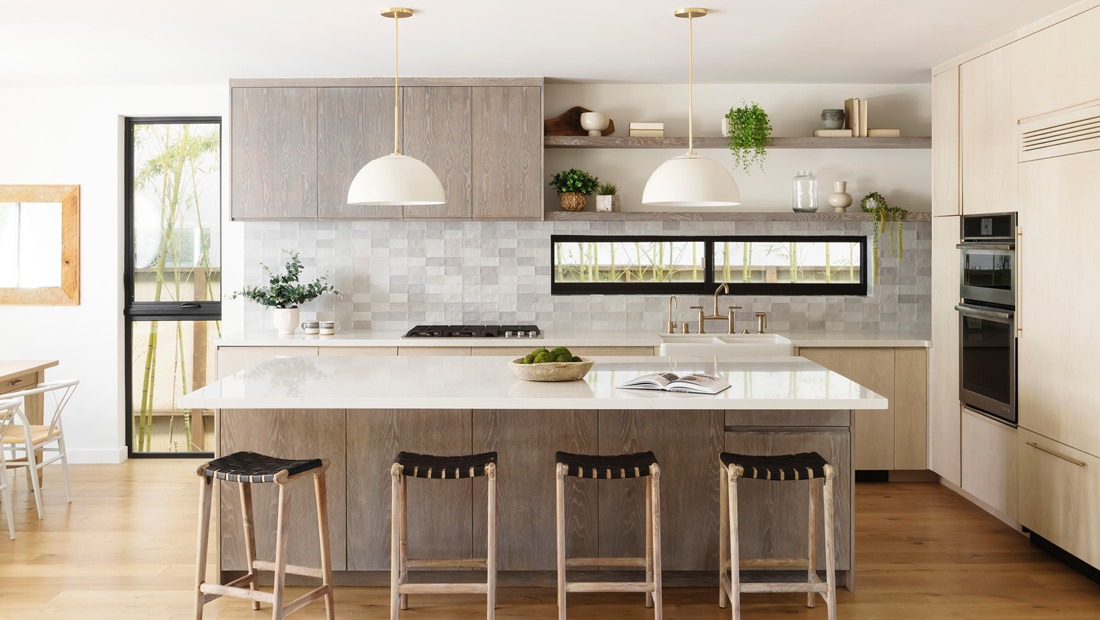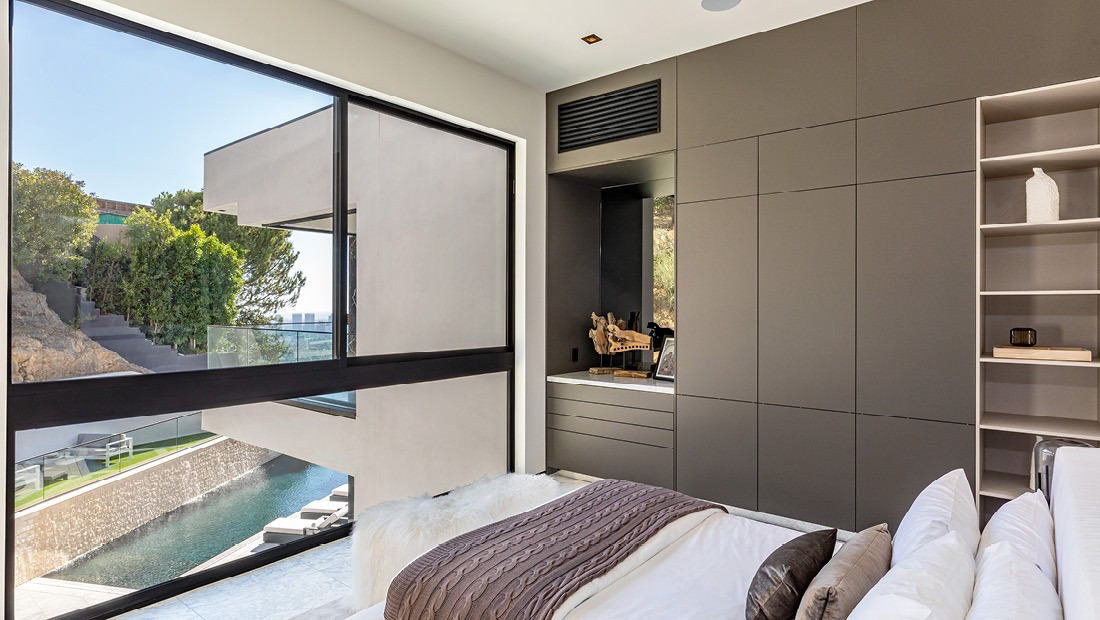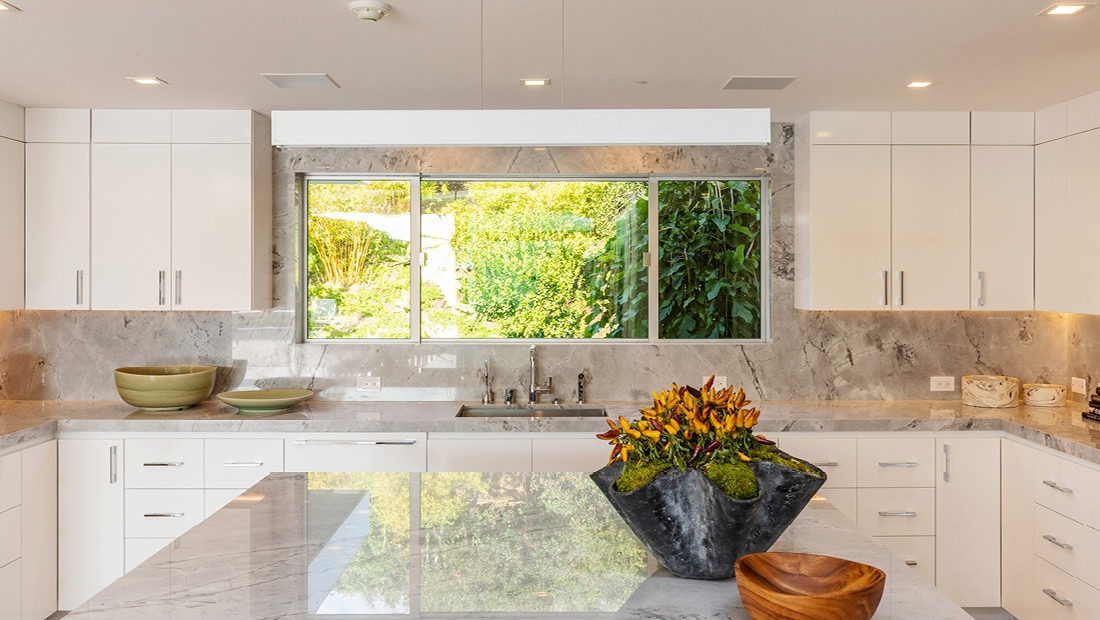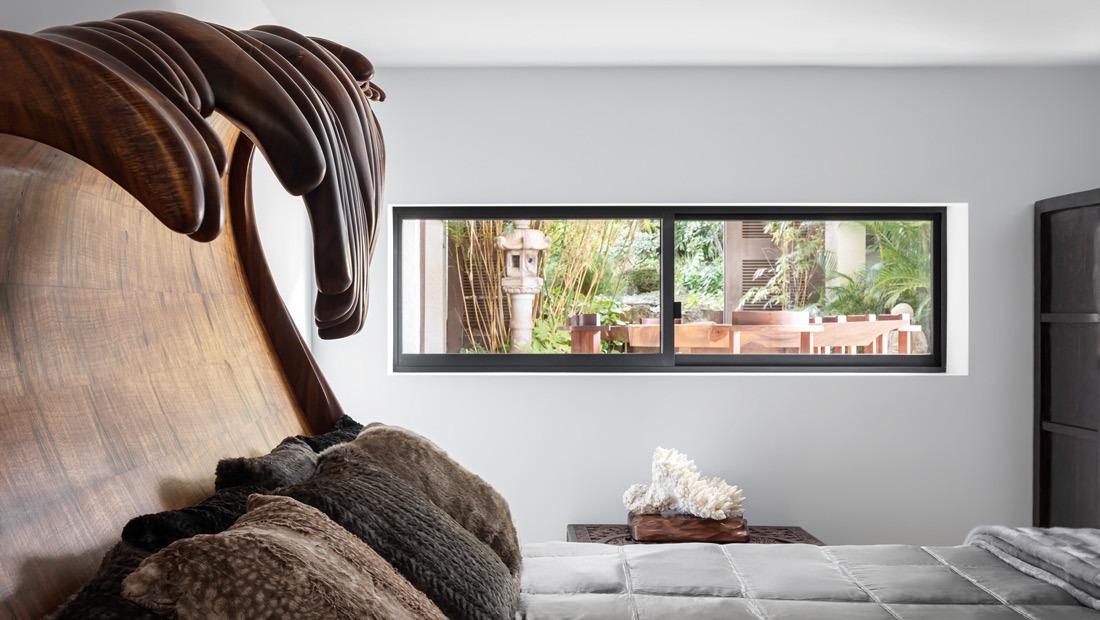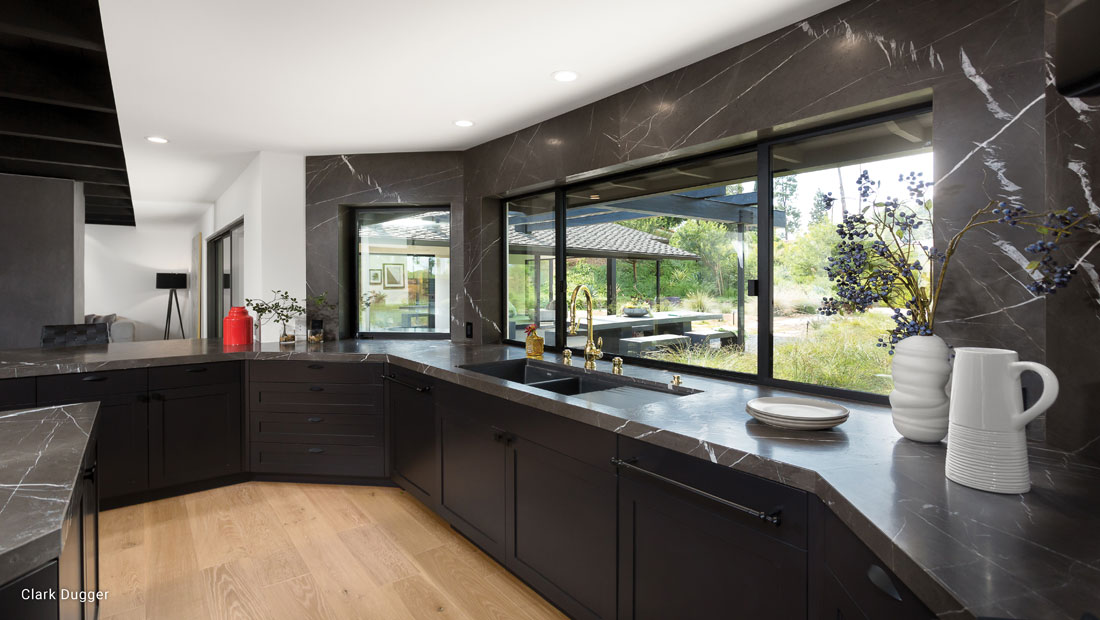Series 330-T
Product Highlights
Modern glazing from Fleetwood coupled with increasingly efficient insulation techniques allows a minimalist design with huge glass that does not compromise energy consumption.
Thermal Break Technology:
Fleetwood products with a “T” in the series number are manufactured with thermally broken aluminum for condensation control and energy efficiency. For over 30 years, Fleetwood has designed products around this now sweeping practice and does so with extensive testing and engineering so the product maintains the look for the ultimate minimalist.
Security Benefits:
Fleetwood endeavors to make products better instead of cheaper, resulting in specialty products that other manufacturers should not attempt. High-security laminated glass (like your car windshield) coupled with robust Fleetwood framing can withstand severe impact.
Noise Control:
Fleetwood chooses to offer a wide range of options instead of limiting features to increase profit and simplify production. Sound dampening upgrades to glass and products are available without affecting the budget or design.
Careful attention was given to the scale of Fleetwood sliding windows. The vertical extrusions were engineered to handle large sizes and retain architectural splendor.
Heavy Walls:
It does not take a professional to realize the hidden engineering in each Fleetwood system. The aluminum wall thickness greatly exceeds most, if not all other windows. Any user will immediately experience its sturdiness and palpable luxury when they operate the window.
Crisp, Linear Shapes:
Fleetwood’s design focus is the opposite of mass production. A prime example is the sharp edges and crisp lines created by a balance of hand tooling, automation and dedicated machining.
Encapsulated Screen:
Most windows on the market have screens that jut out from the main frame. Fleetwood’s screens are captured within the frame depth, creating a clean and sleek appearance.
Fleetwood’s stainless bearing rollers are closer to sliding door rollers instead of a window. Each window roller is adjustable and is strong enough to handle panels that exceed 500 lbs.
Luxury Latch:
In addition to the custom nature of the internal components, Fleetwood’s sliding window latch (AWL) is made from cast stainless steel and costs more to manufacture than some windows in their entirety. We believe discriminating customers will value this exceptional latch for its functionality and modern aesthetics.
Fleetwood’s philosophy is, “make it better, not cheaper.” Fleetwood sliding windows only come with stainless steel hardware (AWL) and assembly screws for longevity and beauty in even the harshest climates.
Superior Finishes:
Anodized aluminum finishes dominate contemporary home designs, and for good reason. Aluminum finishes are ideal in coastal (or any) environment and Fleetwood products come with an industry leading 12-year finish warranty, regardless of location. Others will nullify or reduce the warranty to 2-3 years on the coast.
Product FEATURES
1″ Insulated Glass with Dark Bronze Spacer
6063 T-6 Extruded Aluminum
Poured & De-bridged Thermal Barrier
3-3/8″ Deep Nail-on Frame
Stainless Steel Assembly Screws
1/2″ Height Aluminum Sill Pan
3/4″ Diameter Tandem Stainless Steel, Ball Bearing Adjustable Rollers
Equal Sized Glass
Stainless Steel Self Latching Lock
Stainless Steel Strike
Wrap Around Glazing
Extruded Screen Frame with UltraVue Mesh (Phifer.com)
Finish:
-
- Kynar 70% Paint (50% for dark colors, ex. Black)
- Class 1 Custom Anodize (Light Bronze & Medium Bronze)
3-3/8″ Deep Equal Leg (Block) Frame
High Water Subsill
High Performance Integral Stack Bar (Horizontal Slider)
Unequal Size Glass (TDL Alignment)
Steel Look SDL
Black Painted Stainless Steel Self Latching Lock
Max Panel Height: 72″
(Max width & height are not necessarily available in combination)
Technical Resources
I. Standard Glass Table
/NFRC_std_glass.jpg)
II. Additional Glass Testing:
NFRC Series 330-T Fixed (PDF)
NFRC Series 330-T Horizontal Slider (PDF)
Simulated Performance Alternative Reports are available upon request.
Spacers
- A1 = Aluminum Spacer
- SS-D = Stainless Steel Spacer
- A2/TS-D = Warm Edge Spacers
- ZF = Super Spacer
Linked reports reflect current testing to NFRC standards. If you have a suggestion for testing an additional type of glass, please email your suggestion to sales@fleetwoodusa.com.
AAMA/WDMA/NAMI/HVHZ/ASTM
All testing was performed in a laboratory environment to determine results. These reports are provided to allow Engineers, Architects, and Design professionals reasonable expectations of products and may not illustrate every option, condition, or configuration available. These are for illustration and comparative analysis only.
*Reports exceeding 4 years may not have current 3rd party certification, and will not be labeled.
Archived Test Reports:
030298+AAMA+Non-Impact+330-T_Fixed_72x72 (PDF)
060504+AAMA+Non-Impact+330-T_HS_240x79 (PDF)
070998+AAMA+Non-Impact+330-T_HS_204x80 (PDF)
111103+AAMA+Non-Impact+330-T_HS_96x79 (PDF)
Thermal Extrusions
Thermal extrusions radically reduce the transfer of heat and cold, through the extrusion, by stopping that unwanted energy with a barrier material. Fleetwood uses two methods: Pour/De-bridge and I-Strut. The former process involves pouring polyurethane into an extrusion cavity and removing the underside once the liquid hardens. The I-Strut process involves mechanically joining a polyamide strut to two separate extrusions. Both are proven systems and each offers the Fleetwood Design Team with varying benefits.


